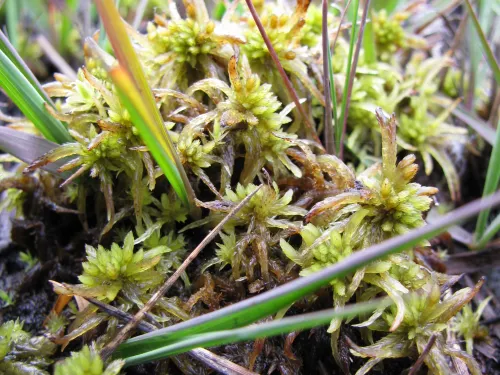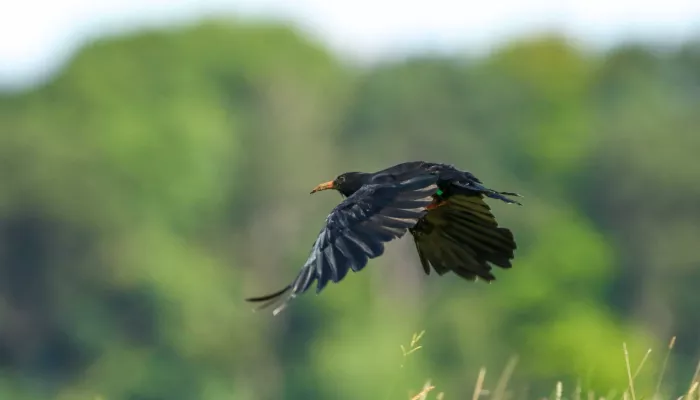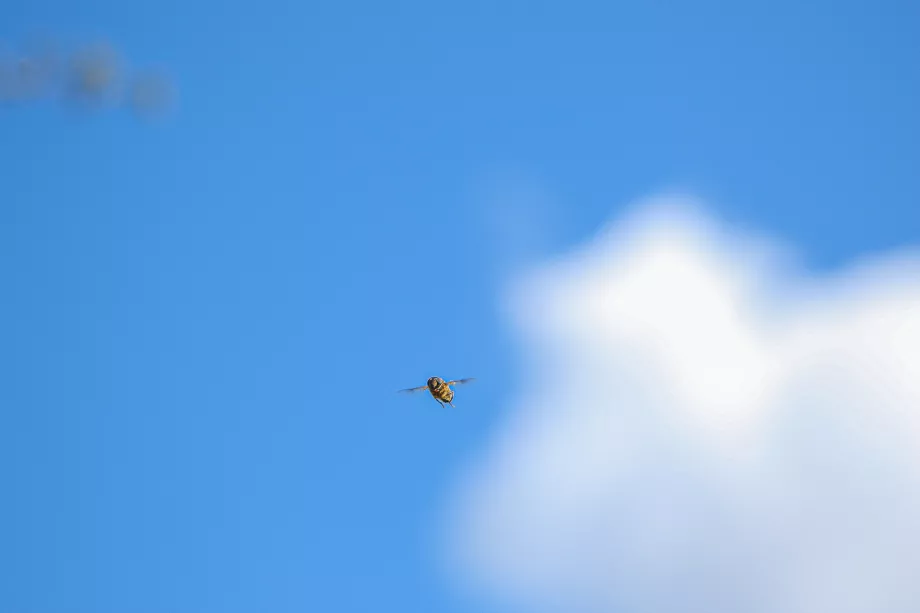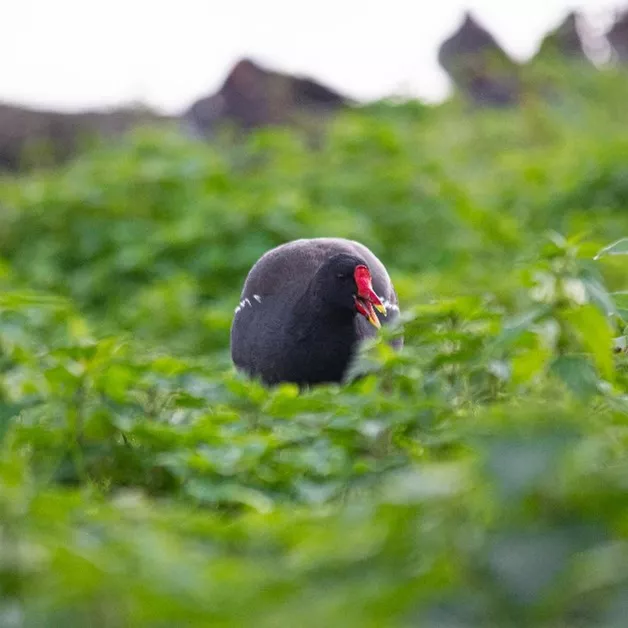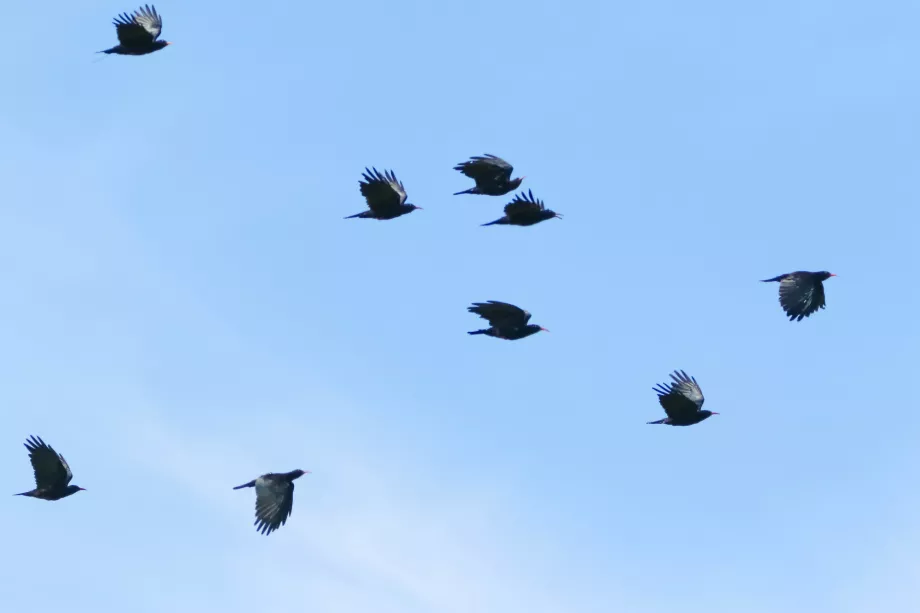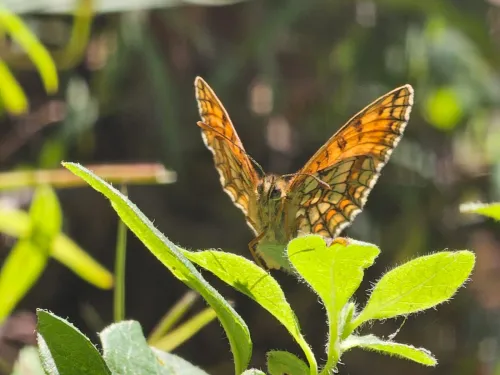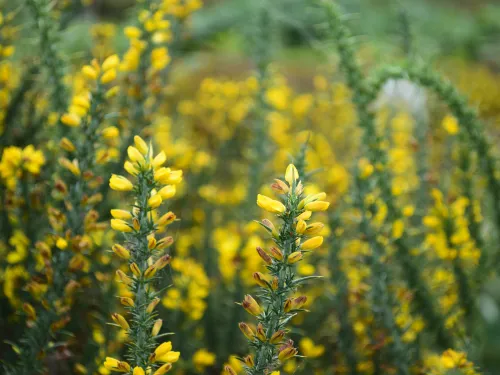Most modern photography cameras now come with a ‘burst’ and/or ‘continuous’ shooting mode. In these modes, the camera will essentially rapidly continue to take photos while you’re pressing the shutter, instead of just one.
This can be particularly useful when tracking and trying to capture a highly motile animal, such as a bird flying. Using these modes can increase your chances of getting that clean, sharp shot that you’re after (provided, of course, that your shutter speed is high enough).
Best of luck with your wildlife photography endeavours! And don't forget that at the time of publishing, our photography competition is still open for entries.
Photography Competition
